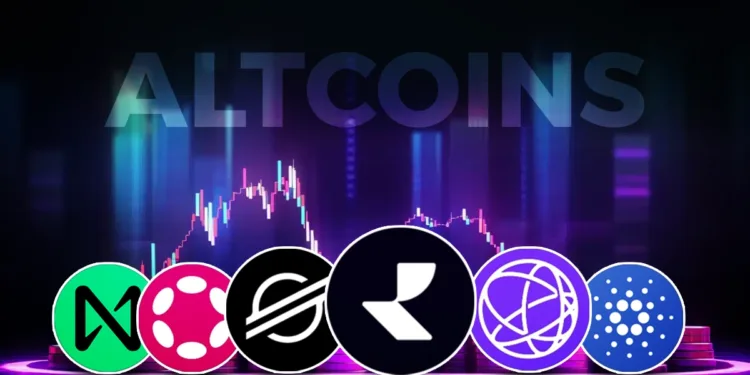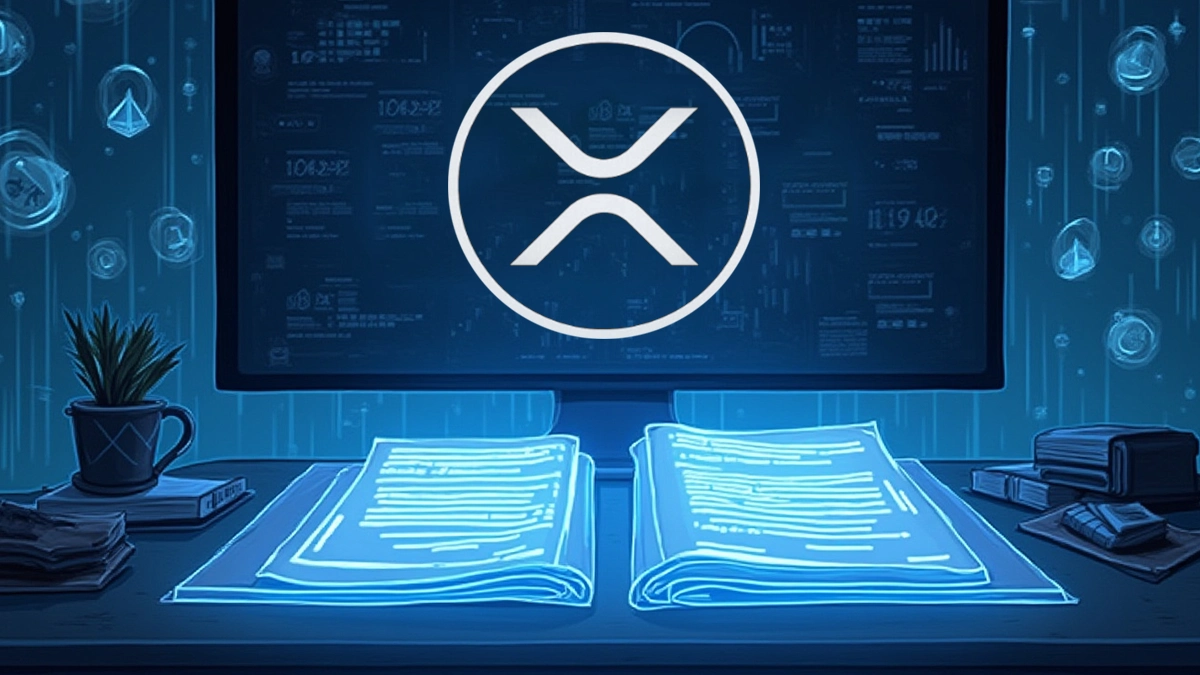- RIO dropped by 9.10% with high volatility due to low cap and volume, while XLM held steadier with a 1.73% dip and higher liquidity.
- ADA showed resilience with mild corrections, as NEAR and DOT followed similar bearish patterns under broader market stress.
- Fear & Greed Index hit 70 despite $721M in liquidations, indicating strong greed in a volatile, correction-driven market.
A sharp correction hit the crypto market following news that the U.S. and China reached a 90 day tariff pause. According to CryptoRank, this triggered $521 million in liquidated long positions as the broader market lost momentum.
The global crypto market cap is at $3.45 trillion. Meanwhile, 24-hour liquidations rose sharply to $721 million, and the Fear & Greed Index reached 70, indicating strong greed despite the volatility. This backdrop impacted a group of six altcoins; RIO, XLM, TIA, ADA, DOT, and NEAR, with price movements showing varied investor reactions.
RIO Steep Drop and XLM Relative Stability
Realio Network (RIO) fell by 9.10% to $0.3156, with a market cap drop of 8.98% to $53.43 million. Its 24-hour volume rose by 5.18% to $4.5 million. Despite that increase, its lower volume and smaller cap contributed to higher volatility.
RIO’s total and circulating supply remained at 169.29 million tokens, just under its 175 million max supply. The number of holders is 53,430. Stellar (XLM) showed more resilience with a 1.73% decline to $0.3095. Its market cap fell by 1.64% to $9.61 billion, while unlocked valuation reached $14.5 billion.
XLM’s 24-hour volume spiked by 123.17% to $621.15 million. The total and max supply is at 50 billion, with 31.06 billion in circulation. XLM’s broader adoption and stronger liquidity likely contributed to its narrower decline.
Diverging Behavior Between RIO and XLM
Both assets are declining, though with contrasting behavior. RIO, plunged over 10% at its lowest point before a slight recovery. XLM, initially climbed by 4% but later fell to near its starting price. The gap in their market cap and volume shows the contrast in investor confidence and liquidity depth.
RIO’s susceptibility to steep price swings is from its smaller ecosystem and limited trading activity. In contrast, XLM’s higher volume and larger holder base, around one million, supported a more stable price response. Both tokens traded near the same price, yet their reactions to market stress diverged substantially.
TIA, ADA, DOT and NEAR Show Relative Strength
Beyond RIO and XLM, other altcoins also declined with continued bearish sentiment. TIA, ADA, DOT, and NEAR followed the broader trend. ADA outperformed with fewer corrections and short rallies during pullbacks.
NEAR and DOT displayed almost identical movements, hinting at similar investor behavior. Volume shows TIA had a surge in early May, tied to U.S.- China negotiations, external events and speculation. However, the price quickly dropped back into range.
ADA’s performance indicated stronger community and project backing. Meanwhile, NEAR and DOT lagged behind, with little sign of independent momentum. Each asset’s movement remained tightly linked to overall market pressure, as indicated by CryptoRank data.














